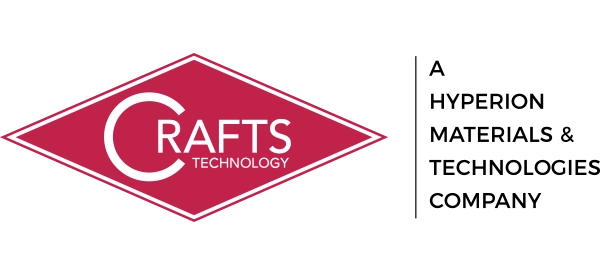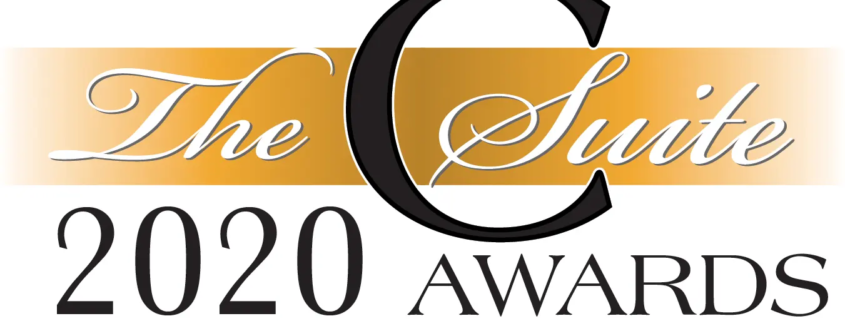A New Standard: The Dynamic Partnership Between End User, OEM, and Industrial Machine Consumable Manufacturers
Large industrial machines produce a lot of something. That ‘a lot of something’ varies from laying composite tape on the outside of an airplane fuselage, to cutting fabric for baby diapers, to dispensing droplets of adhesive on electronics so your phone won’t break after an accidental drop.
Most of these industrial machines use consumables like knives, drills, and needles that perform a critical manufacturing operation. These consumables govern the performance and efficiency of each machine. If the components are not of the highest quality and/or not appropriately maintained the industrial machine’s productivity can dramatically drop. At the same time, consumable enhancements can result in noticeable increases in a machine’s functionality.
This criticalness of the consumables breeds a unique relationship between the end user of the equipment, the original equipment manufacturer (OEM), and the industrial machine consumable manufacturer. Each party plays an important role in the effectiveness of the wear parts, which translates to the effectiveness of the machine as a whole.
End-User: Uses the equipment and the consumable wear parts
OEM: Designs and manufactures the equipment
Consumable Manufacturer: Designs and manufactures individual consumables that are routinely replaced, generally from wear)
How the end user, OEM, and consumable manufacturer’s relationship changes over time
At the beginning of an industrial equipment’s life, after the initial bugs are worked out, the end user traditionally appreciates the utility of the machine.
During this period, the OEM usually supplies the end user with wear parts. When problems that affect the machine’s performance arise, the end user often turns to the OEM for answers. The OEM is eager to find a solution to keep their customer happy, confirm their machine’s value, and maintain future business opportunities.
As the original manufacturer, the OEM is responsible for the design of the equipment and intimately understands the overall intent and specifications of the machine. OEMs don’t manufacture every component of a complex piece of equipment – that’s where the industrial machine consumable manufacturer steps in and becomes a vital part of the process. The consumable manufacturer’s engineer understands the dynamics, specifications, and functionality of the respective sub-components.
Although the OEM possesses a deep understanding of the machine, they often rely on consumable manufactures to handle the finite details of wear parts. Through engineering and manufacturing knowledge, the consumables manufacturer can discover the greatest characteristics of the component. This level of mastery is achieved by understanding the manufacturing process, design elements, and the materials science of individual consumables.
As the machine matures, aftermarket consumables may enter into the equation. Aftermarket manufacturers go around the OEM working directly with the end user, frequently offering parts at a reduced price. This relationship is not without its’ flaws. Without the OEM there is no understanding of the original design intent of the machine. To overcome this aftermarket manufacturers often reverse engineer the part, trying to make enhancements. Without a full understanding of the machine and knowing how changes impact the system this process can lead to extended R&D time, marginal if any improvements, and troubleshooting difficulty.
Boeing, Fives and Crafts Technology developed an open-source partnership to find a better way
By creating an open-source partnership that leverages the strengths of each entity a win-win-win solution can transform the relationship, resulting in measurable benefits for each party including improved utility, performance, throughput, and revenue.
Crafts Technology (consumable manufacturer) embraced one such partnership with Boeing (end user) and Fives (OEM) that resulted in a new technology for Automated fiber placement (AFP) blades that are used by Boeing to cut composite tape on AFP machines. Each party brought a unique perspective to the development process. By collaborating to develop AFP and ATL (automated tape laying) solutions unparalleled success was achieved that delivered the perfect balance of cost, uptime, and performance.
A critical step in the partnership included understanding each organizations role in the process and communicating what issues and opportunities each firm faced. By sharing information and asking a few simple questions the team developed a solution that was successfully implemented.
Questions end users, OEMs, and consumable manufacturers should ask to uncover consumable solutions?
End User
With the benefit of seeing the equipment in action the end user has a unique perspective enabling “out of the box” ideas that can result in dramatic improvements.
- What causes downtime?
- What small improvements can enhance machine operation and maintenance?
- What are the low hanging fruits restricting overall machine efficiency?
OEM
As the original equipment manufacturer OEMs best understand the design and intent of the machine and have experience with unique and reoccurring issues.
- What has been done in the past?
- What are the restraints in the design?
- What new technologies are available?
Consumable Manufacturer
Being laser-focused on specific wear parts the consumable manufacturer can incorporate solutions from across industries and best understands the specific component design options and limitations.
- What aspects can be altered to enhance performance?
- What materials can be used to increase performance?
- Can the consumables be designed to incorporate re-use instead of replacement to enhance the total cost of ownership of the machine?
By developing an open-source team Boeing, Fives, and Crafts Technology experienced dramatic improvements that would not have occurred independently. The redesign resulted in an increased blade life, reduced manufacturing cost, and changeover time was cut in half.
Leverage each parties’ strengths
Next time your producing “a lot of something” consider how you can incorporate strategies that create an open-source partnership. Look at the big picture, take the time to understand the value each organization brings to the process, and most important continually strive to improve communication. By fostering strong synergies you’ll build the foundation to create systems and products that significantly enhance performance and productivity.
Learn How Crafts Technology Enhances Part Design
Crafts Technology, Inc. manufactures machinery and components. The Company offers rings, core pins, fluid dispensing components, tungsten carbide, advanced ceramics, and precision knives. Crafts Technology conducts its business in the State of Illinois.



